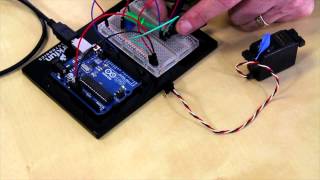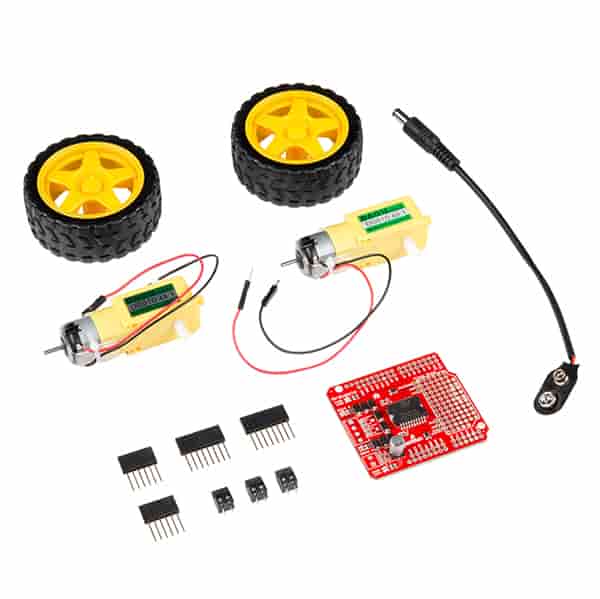2019 : Final Year Projects for ECE
2019 Final year Projects for ECE Based on IOT

History:-The definition of the Internet of things(IOT) has evolved due to convergence of multiple technologies, real-time analytics, machine learning, commodity sensors, and embedded systems.Traditional fields of embedded systems, wireless sensor networks, control systems, automation FINAL YEAR PROJECTS FOR ECE (including home and building automation), and others all contribute to enabling the Internet of things
2019 Final Year Projects for ECE Students

This can be demonstrated in the case of Lenovo's Smart Home Essentials, which is a line of smart home devices that are controlled through Apple's Home app or Siri without the need for a Wi-Fi bridge. FINAL YEAR PROJECTS FOR ECE There are also dedicated smart home hubs that are offered as standalone platforms to connect different smart home products and these include the Amazon Echo, Google Home, Apple's HomePod, and Samsung's SmartThings Hu
2025-2026 Final Year Projects for ECE Based on VLSI

VLSI Technology, Inc., was a company which designed and manufactured custom and semi-custom Integrated circuits (ICs). The company was based in Silicon Valley, with headquarters at 1109 McKay Drive in San Jose, California, US. FINAL YEAR PROJECTS FOR ECE Along with LSI Logic, VLSI Technology defined the leading edge of the application-specific integrated circuit (ASIC) business, which accelerated the push of powerful embedded systems into affordable products.
Call:9591912372
Email: projectsatbangalore@gmail.com
Projectsatbangalore, offers ECE Projects to students in various areas of Embedded Technologies

VLSI became an early vendor of standard cell (cell-based technology) to the merchant market in the early 1980s where the other ASIC-focused company, LSI Logic, was a leader in gate arrays. Prior to VLSI's cell-based offering, the technology had been primarily available only within large vertically integrated companies with semiconductor units such as AT&T and IBM.

As VLSI struggled to gain parity with the rest of the industry in semiconductor technology, the design flow was moving rapidly to a Verilog HDL and synthesis flow. Cadence acquired Gateway, the leader in Verilog hardware design language (HDL) and Synopsys was dominating the exploding field of design synthesis. FINAL YEAR PROJECTS FOR ECE As VLSI's tools were being eclipsed, VLSI waited too long to open the tools up to other fabs and Compass Design Automation was never a viable competitor to industry leaders.

Only in PC chipsets, did VLSI dominate in the early 1990s. This product was developed by five engineers using the 'Megacells" in the VLSI library that led to a business unit at VLSI that almost equaled its ASIC business in revenue. VLSI eventually ceded the market to Intel because Intel was able to package-sell its processors, chipsets, and even board level products together. VLSI also had an early partnership with PMC, a design group that had been nurtured of British Columbia Bell. When PMC wanted to divest its semiconductor intellectual property venture, VLSI's bid was beaten by a creative deal by Sierra Semiconductor. The telecom business unit management at VLSI opted to go it alone. PMC Sierra became one of the most important telecom ASSP vendors. Scientists and innovations from the 'design technology' part of VLSI found their way to Cadence Design Systems (by way of Redwood Design Automation). Compass Design Automation (VLSI's CAD and Library spin-off) was sold to Avant! Corporation, which itself was acquired by Synopsys. Ericsson of Sweden, after many years of collaboration, was by 1998, VLSI's largest customer, with annual revenue of $120 million. VLSI's datapath compiler (VDP) was the value-added differentiator that opened the door at Ericsson in 1987/8. The silicon revenue and GPM enabled by VDP must make it one of the most successful pieces of customer-configurable, non-memory silicon intellectual property (SIP) in the history of the industry. Within the Wireless Products division, based at Sophia-Antipolis in France, VLSI developed a range of algorithms and circuits for the GSM standard and for cordless standards such as the European DECT and the Japanese PHS.
For More Titles Contact: 9591912372 - Email to: projectsatbangalore@gmail.com
Email: projectsatbangalore@gmail.com
Projectsatbangalore, offers ECE Projects to students in various areas of Embedded Technologies
2018-2019 Final Year Projects for ece IEEE

VLSI became an early vendor of standard cell (cell-based technology) to the merchant market in the early 1980s where the other ASIC-focused company, LSI Logic, was a leader in gate arrays. Prior to VLSI's cell-based offering, the technology had been primarily available only within large vertically integrated companies with semiconductor units such as AT&T and IBM.
2018-2019 Final Year Projects for Electronics and Communication

As VLSI struggled to gain parity with the rest of the industry in semiconductor technology, the design flow was moving rapidly to a Verilog HDL and synthesis flow. Cadence acquired Gateway, the leader in Verilog hardware design language (HDL) and Synopsys was dominating the exploding field of design synthesis. FINAL YEAR PROJECTS FOR ECE As VLSI's tools were being eclipsed, VLSI waited too long to open the tools up to other fabs and Compass Design Automation was never a viable competitor to industry leaders.
2018-2019 Final Year Projects for Electronics and Communication Engineering

Only in PC chipsets, did VLSI dominate in the early 1990s. This product was developed by five engineers using the 'Megacells" in the VLSI library that led to a business unit at VLSI that almost equaled its ASIC business in revenue. VLSI eventually ceded the market to Intel because Intel was able to package-sell its processors, chipsets, and even board level products together. VLSI also had an early partnership with PMC, a design group that had been nurtured of British Columbia Bell. When PMC wanted to divest its semiconductor intellectual property venture, VLSI's bid was beaten by a creative deal by Sierra Semiconductor. The telecom business unit management at VLSI opted to go it alone. PMC Sierra became one of the most important telecom ASSP vendors. Scientists and innovations from the 'design technology' part of VLSI found their way to Cadence Design Systems (by way of Redwood Design Automation). Compass Design Automation (VLSI's CAD and Library spin-off) was sold to Avant! Corporation, which itself was acquired by Synopsys. Ericsson of Sweden, after many years of collaboration, was by 1998, VLSI's largest customer, with annual revenue of $120 million. VLSI's datapath compiler (VDP) was the value-added differentiator that opened the door at Ericsson in 1987/8. The silicon revenue and GPM enabled by VDP must make it one of the most successful pieces of customer-configurable, non-memory silicon intellectual property (SIP) in the history of the industry. Within the Wireless Products division, based at Sophia-Antipolis in France, VLSI developed a range of algorithms and circuits for the GSM standard and for cordless standards such as the European DECT and the Japanese PHS.
2018-2019 Final Year Projects for Electrical Engineering Students
VLSI entered the merchant high speed static RAM (SRAM) market as they needed a product to drive the semiconductor process technology development. All the large semiconductor companies built high speed SRAMs with cost structures VLSI could never match. VLSI withdrew once it was clear that the Hitachi process technology partnership was working.For More Titles Contact: 9591912372 - Email to: projectsatbangalore@gmail.com
Projects at Bangalore offers Final Year students Engineering projects - ME projects,M.Tech projects,BE Projects,B.Tech Projects, Diploma Projects,Electronics Projects,ECE Projects,EEE Projects,Mechanical projects,Bio-Medical Projects,Telecommunication Projects,Instrumentation Projects,Software Projects - MCA Projects,M.Sc Projects,BCA Projects,B.Sc Projects,Science Exhibition Kits,Seminars,Presentations,Reports and so on...












